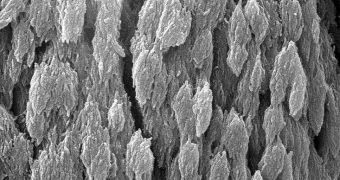A collaboration of British universities is currently working out a way of using bones that are as much as 100 years old to get a better understanding of the risks and opportunities associated with modern types of medical interventions, such as keyhole spinal surgery and artificial disc replacements.
The Engineering and Physical Sciences Research Council (EPSRC) of the United Kingdom is financing the investigation, which is being conducted by experts at the University of Bristol (UB) and the University of Leeds (UL).
UB archaeologists and anthropologists are working together with UL computer scientists in order to develop better bone-modeling techniques. These could be used to improve the way various types of bone surgeries are currently being performed.
One of the key objectives of the new investigation is the development of new treatments for chronic back pain, an area that has been somewhat neglected lately. The team is using around 40 skeletons from the UB anatomy collections for the research.
The end goal of the study is developing models that would allow doctors to treat every patient individually, according to the peculiarities of their cases, and not following a standardized approach.
In order to do so, the healthcare experts need to be able to understand the variations in shape and size that spines exhibit naturally. Advanced computer models are a good place to start in understanding this.
When the models are complete, experts hope that they will be able to reduce the length of clinical trials from around a decade to only a couple of years. This will allow them to bring new treatments to those affected faster than ever before.
“The idea is that a company will be able to come in with a design for a new product and we will simulate how it would work on different spines,” explains UL project leader, Dr Ruth Wilcox.
“The good thing about computer models is that we can use them over and over again, so we can test lots of different products on the same model,” she goes on to say.
“If we were doing this in a laboratory we would need many new donated spines each time we wanted to test a treatment out,” the expert adds. Currently, most spines researchers can work are received via donations, mainly from older people.
“The wider the pool of spinal data at our disposal, the more effective the computer models will be in terms of demonstrating the impact of treatments on different back conditions and back types,” adds Dr. Kate Robson.
“The computer modeling software should be available for testing newly developed products and treatments in the next few years and along the way this cutting-edge research could even provide new insight into how our ancestors evolved,” she says.
Robson holds an appointment with the UB Archeology and Anthropology Department.

 14 DAY TRIAL //
14 DAY TRIAL //